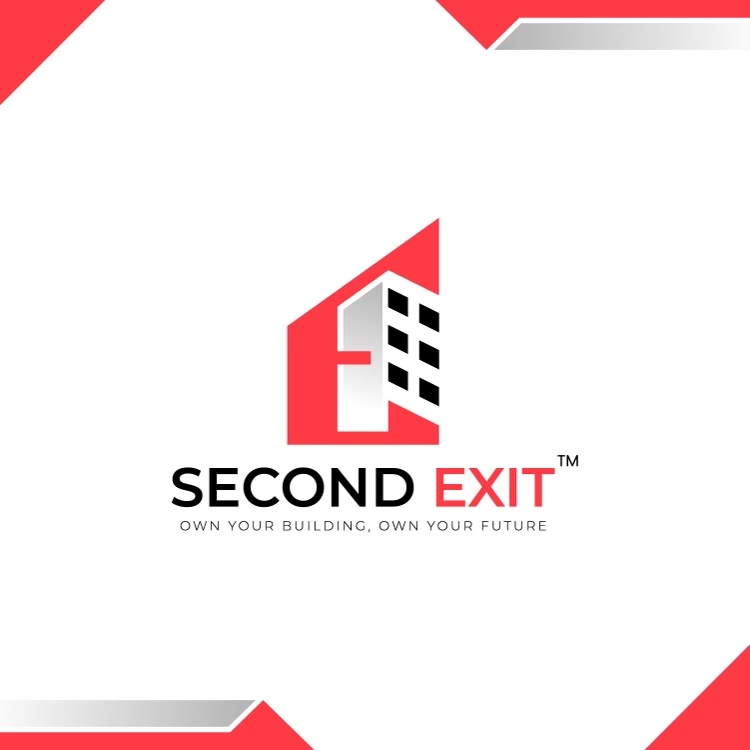Welcome to the My SBA Loan Pro Podcast blog! I’m Ryan Smith, Principal and Founder of ThinkSBA. In this post, we’ll explore how owning commercial real estate can be a game-changer for business owners, particularly when it comes to succession or retirement planning. Specifically, we’ll dive into a two-step exit strategy: selling or leasing your business’s property after selling the business itself. Let’s get started!
The Case for Owning Business Real Estate
Owning the real estate your business operates in offers several key advantages compared to leasing:
- Cost Stability: Owning your property eliminates rent increases and provides predictable monthly expenses through fixed mortgage payments.
- Equity Growth: Over time, your property can appreciate in value, building equity that you can later access or monetize.
- Tax Benefits: Ownership comes with potential tax advantages, including deductions for mortgage interest and depreciation.
By owning real estate, business owners gain control over their workspace, reduce long-term operating costs, and build an additional asset separate from the business itself.

The First Exit – Selling the Business
When it’s time to exit your business, owning the property introduces additional flexibility. Selling your business while retaining ownership of the building allows you to lease the property to the new owner. This approach creates an ongoing source of income while separating the business sale from the real estate asset.
For example, a manufacturing business owner might sell their operations but retain ownership of the building, leasing it back to the buyer. This strategy provides steady, reliable income without operational involvement. Retaining the property allows you to maximize the value of your assets while maintaining financial control over the next stage of your life.
The Second Exit – Selling or Leasing the Real Estate
After selling the business, you have the opportunity for a second exit by selling or leasing the property. This step can serve as an effective retirement or late-stage succession strategy. Here’s how it works:
- Capital Generation: Selling the property after exiting the business allows you to access the equity you’ve built, providing a significant financial resource for retirement or investment.
- Passive Income: Opting to lease the property instead of selling creates a continued income stream, offering flexibility for long-term financial planning.
- Timing Control: Real estate ownership gives you the ability to choose when to sell or lease the property, allowing you to respond to market conditions and optimize the value of your asset.
By structuring your exit in two stages—first the business, then the property—you create options for financial security and flexibility.

Call An SBA Loan Pro Today!
Don’t know whether you qualify for an SBA 7(a) or SBA 504 Loan to purchase real estate?
No problem, you’re one click away from scheduling a call with an SBA Loan Pro.
Schedule a call today!
Making Real Estate Ownership Achievable
For business owners considering this strategy, acquiring real estate through financing programs like the SBA 504 or 7(a) loans is a practical starting point. These programs offer lower down payments, extended terms, and competitive interest rates, making property ownership accessible for small businesses.
Integrating real estate ownership into your business plan not only supports current operations but also builds a long-term asset that can serve as the foundation for future financial planning.
Conclusion
To summarize, owning the real estate your business operates in provides financial stability, equity growth, and significant flexibility for retirement or succession planning. By separating the sale of your business from the sale or lease of your property, you create a structured and effective two-exit strategy.
If you’re interested in learning more about financing options for owner-occupied real estate, visit us at ThinkSBA.com. Thank you for joining us on the My SBA Loan Pro Podcast blog. Until next time, I’m Ryan Smith, helping you navigate the intersection of business and finance.

